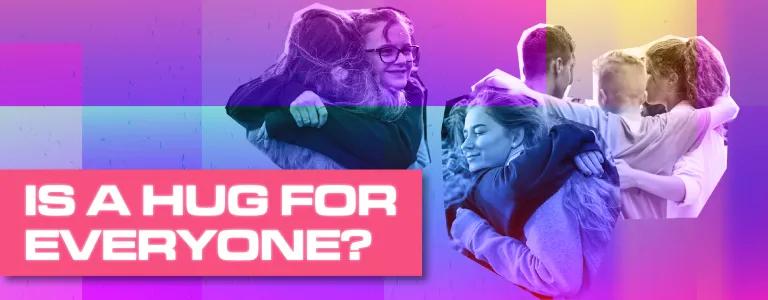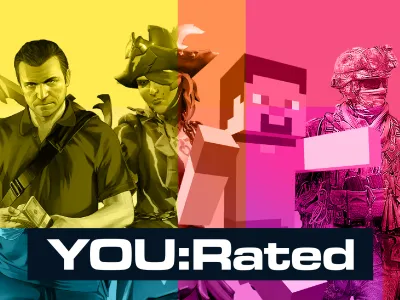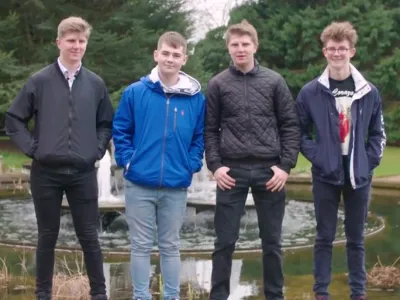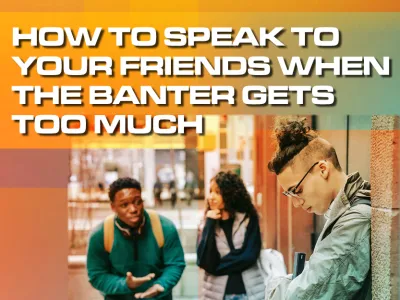
Is A Hug For Everyone?
Over the last few years, if anything, we’ve learnt through the pandemic and endless lockdowns that human contact is a pretty valuable thing. We probably all took for granted the fact that on a daily basis we’re around lots of people, who we generally can be quite tactile with. For many people, the thing they wanted most when restrictions started to ease up was to hug the people they care about.
But are hugs for everyone?
We want to flip the convo this #NationalHuggingDay and take a look at some of the reasons why some people might not be into an embrace.

Nature vs nurture…
Although hugging might feel like second nature to some, Professor of Counseling and Counselor Education, Suzanne Degges-White, says that not enjoying a hug could come from the way you’re brought up. She says, “Our tendency to engage in physical touch, whether hugging, a pat on the back, or linking arms with a friend, is often a product of our early childhood experiences…in a family that was not typically physically demonstrative, children may grow up and follow that same pattern”.
It’s a cultural thing…
Here in the UK, a hug is a very common greeting and way to show someone you love and respect them. But many cultures around the world don’t hug to do this. In countries like India, Nepal, Thailand and Japan, a bow is customary rather than a hug. In India and Nepal, a bow, alongside saying “Namaste” is considered a sign of respect and gratitude. In Thailand, the higher you place your hands as you bow, the more respect you’re showing. And in Japan, a deeper bow indicates a higher level of respect - men bow with their hands at their sides, and women with their hands on their thighs. A newer head bow (like a more emphasised nod) is becoming common with young people too!
A hug might not feel right, but what about a sniff? In Greenland, kunik is the Inuit tradition between close friends and family members, of placing your nose and upper lip against someone else’s cheek or forehead and sniffing.

There are lots of cultures that use their hands rather than hugs. In Malaysia, people take each other’s hands lightly, then release and bring their own hands to their headt, nodding slightly. This symbolises goodwill and an open heart. And in Zimbabwe, people clap their hands in a call and response way, so, the first person claps once, and the second person twice, in response.
It’s just a bit weird…
When you think about it, hugging is a bit weird. Pressing your body close to someone else - even if they’re a stranger - and wrapping your arms around them tightly, breathing in the same air very close to each other. If you’re someone with social anxiety or claustrophobia, being swept up into a hug could be quite intimidating or triggering! There are also some people who have Haphephobia - an anxiety disorder characterised by a fear of being touched - which can make them feel incredibly overwhelmed, nauseous, and bring on hyperventilation or panic attacks. Throw in a global pandemic on top of all of this, and the worry of germs floating around and hugging can seem a bit too much…
Just not that into it…
It might not feel weird, it might not feel claustrophobic, it might not be a cultural thing…it might just be that some people aren’t that into it! Physical and personal boundaries are really important, and for some people, having their own space is something they treasure. So, having someone invade it - even if they are a close friend - can be really annoying. Maybe a high-five is their go to.

Do you like hugs or would you rather avoid them at all costs? Let us know @NCS!




